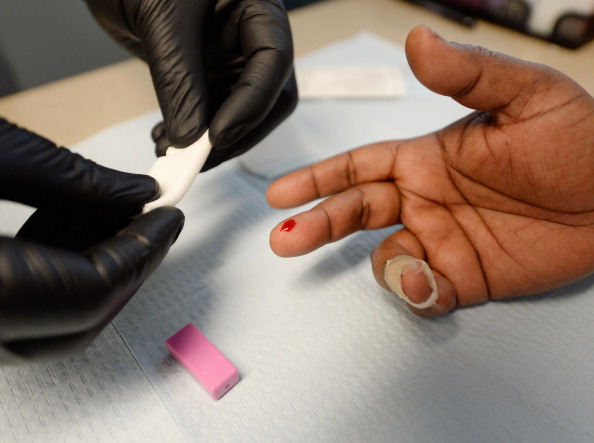
In the last 10 years, the rate of new HIV infections in the U.S. fell has fallen. Unfortunately, this progress was not shared equally by all groups, according to a report from the Centers for Disease Control and Prevention.
New diagnoses of HIV fell by about 20% between 2005 and 2014. HIV is the virus that causes AIDS. However, gay and bisexual men and people living in the South, among other subgroups, did not see this same amount of reduction. The rate remained stable nationally between 2010 and 2014, except for people between the ages of 25 and 29, where is increased.
New HIV infections have increased by 24% among Latino gay and bisexual men, but fell by 18% among white gay and bisexual men between 2005 and 2014. In that time, the rate also rose by 22% among black gay and bisexual men, but it has leveled off since 2010. Among black gay and bisexual males between the ages 13 to 24 there was an 87% increase in new HIV infections. This rate also leveled off and declined slightly after 2010.
The U.S. South has one third of the country's population but had 44% of its HIV-infected individuals in 2012. HIV patients in southern states have three times the death rate as people living with HIV elsewhere in the country. People in the South are also less likely to know their HIV status, according to the CDC.
The CDC's report was released in conjunction with the start of the National HIV Prevention Conference in Atlanta. The HIV surveillance report is published annually by the CDC.
"There is uneven progress and ongoing severe disparities," said Dr. Jonathan Mermin, who is director of the National Center for HIV/AIDS, Viral Hepatitis, STD, and TB Prevention at the CDC in Atlanta, speaking to Reuters Health. He noted that, in 2014, about 70% percent of new diagnoses of HIV, or human immunodeficiency virus, were among men who have sex with men.
"We've shown great differences among states, especially in the South, where they are years behind the rest of the U.S. in providing key preventive services," Mermin said.
